Meet the deputy head greenkeeper: Craig Swindells
Related Articles
From Chipping Sodbury Golf Club, Craig talks about maintaining the course amid increased participation, renovating bunkers, trialling dwarf ryegrass, building wildflower areas and how working within a greenkeeping team helps deliver optimum results.
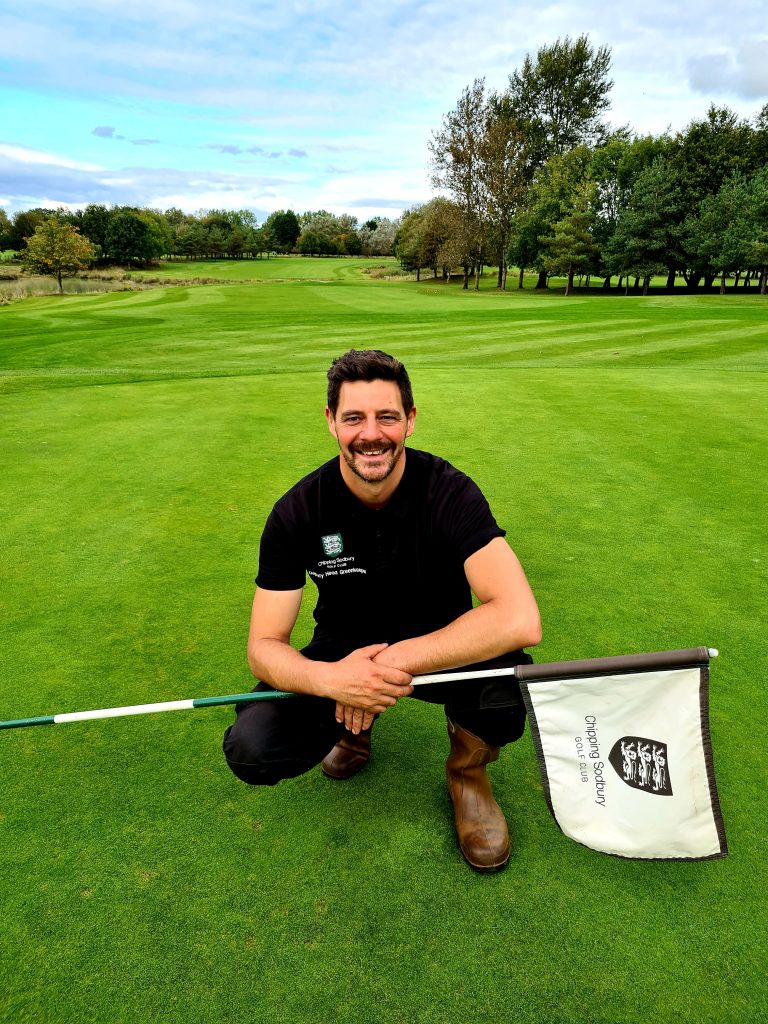
The Fred Hawtree designed parkland Chipping Sodbury course in Bristol was opened in 1971. Subsequent maturing, development and care have given a superb course which presents a challenge to all levels of golfer. Water hazards are a feature on many holes and the greens, though large, play smaller than their size, as many of them are raised slightly from the surrounding terrain.
We speak to its deputy head greenkeeper, Craig Swindells, about the tasks involved in maintaining and improving this facility.
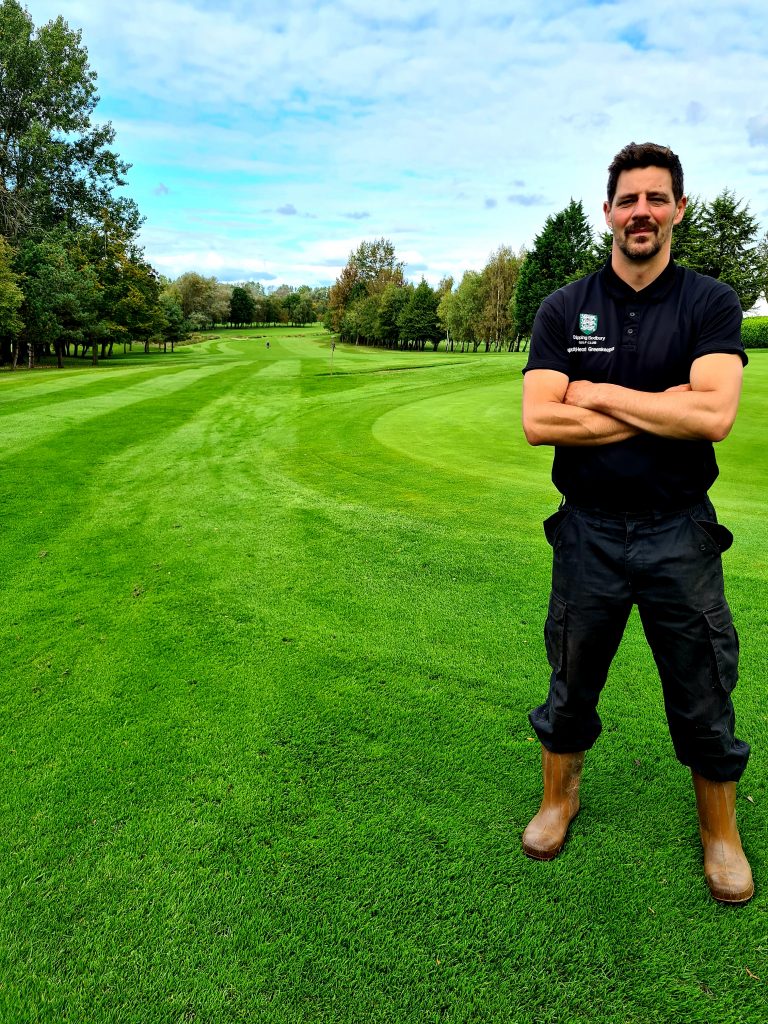
Hello Craig, can you give a brief description of your background and how long you’ve now been at Chipping Sodbury Golf Club?
I left school at 16 where I started my first job on a golf course as a summer help. I absolutely loved the outdoors and despite not being given the biggest of responsibilities it didn’t put me off a career in the industry. I was then taken on as a trainee greenkeeper where I studied at college obtaining my NVQ level 2 and 3. I stayed in this employment for six years where I was made up to first assistant. I then moved to the Celtic Manor Resort where I helped in the late stages of building the Ryder Cup course where I then worked the 2010 Ryder Cup, six Wales Opens, two all-star cups and a PowerPlay competition. I was there for six years. After this I then moved to my current role at Chipping Sodbury Golf Club where I am deputy head greenkeeper. I have currently been in this position for the last 10 years. Main responsibilities are working closely with the head greenkeeper and taking charge in his absence.
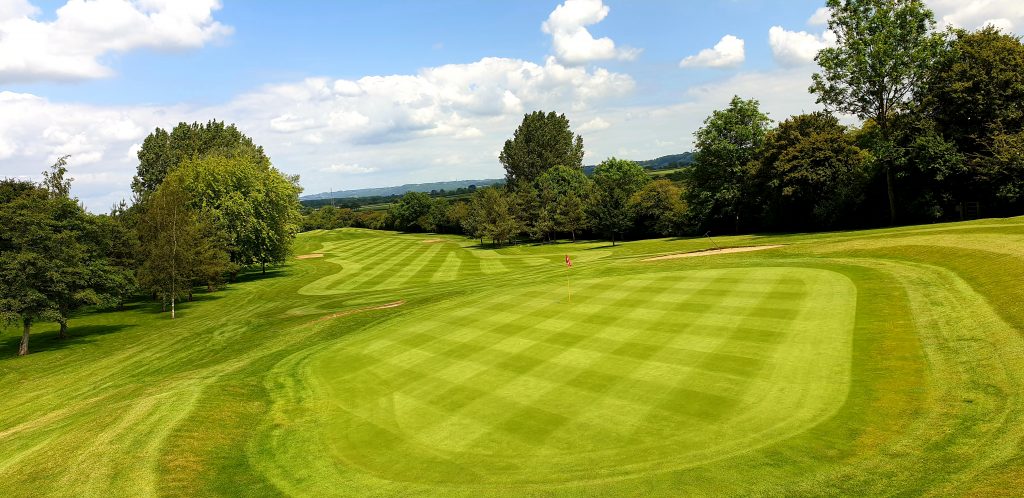
What is the overall size of your team, what is the reporting structure, how do you plan and work together to meet the daily needs of the workload across the course?
We have a team of five full-time members of staff plus a member who cuts the rough. Structure is head greenkeeper, deputy then two qualified greenkeepers and an apprentice. Generally, day to day will be sorted by the head greenkeeper but he and I will have daily chats about any jobs we feel need doing and how we will fit them into our weekly schedule.
What were the biggest challenges you faced in lockdown and what pressures have you and the greenkeeping team experienced as golf reopened and play to the course has increased?
Biggest restraints are finances, because of this we furloughed two members of staff so the remaining team were stretched to keep on top of the daily maintenance of the golf course to make sure we had a good presentable course when the members returned. Main pressure we are seeing since we’ve re-opened is just how busy it is; membership and golf in general is booming. From a financial point of view this is great but we are struggling to keep on the same schedule as before lockdown.
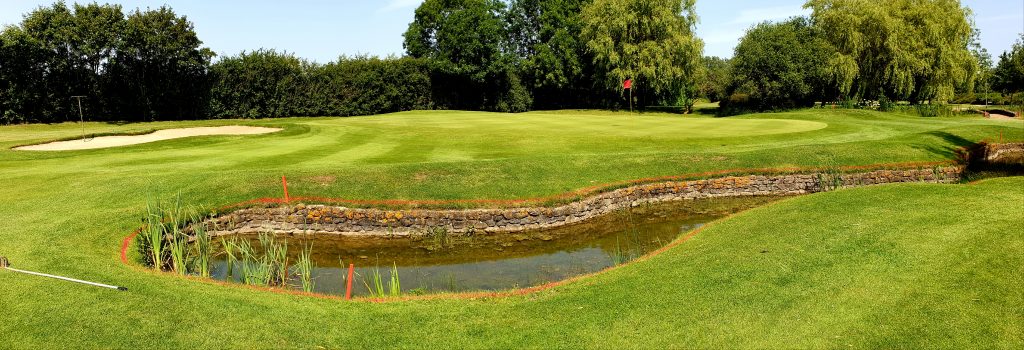
What growth has the club seen by way of members and play, is there now a waiting list. How are things looking for the foreseeable future?
The golf club has never been in a better place financially with seven-day membership now being full and we’ve also introduced a joining fee back again as demand is so high. Golf societies and green fees are also up. This puts the club in a great place and a safety net for the next couple of years but also means we can reinvest back into the golf course

Bunker renovation has been a focus, what problems were you facing, what work was undertaken, what outcome have you seen, are the members happy with the work and how many more are you looking to renovate?
I think if you were to ask any greenkeeper what one of their main problems are I’m sure bunkers would feature quite highly on their list. We are certainly no different. We’ve seen drainage failing and washouts leading to sand contamination. We have recently invested in re-modelling nine greenside bunkers using rubber crumb. So far early signs are really positive. Members are delighted with the outcome and we have just been quoted for a further five in the near future.
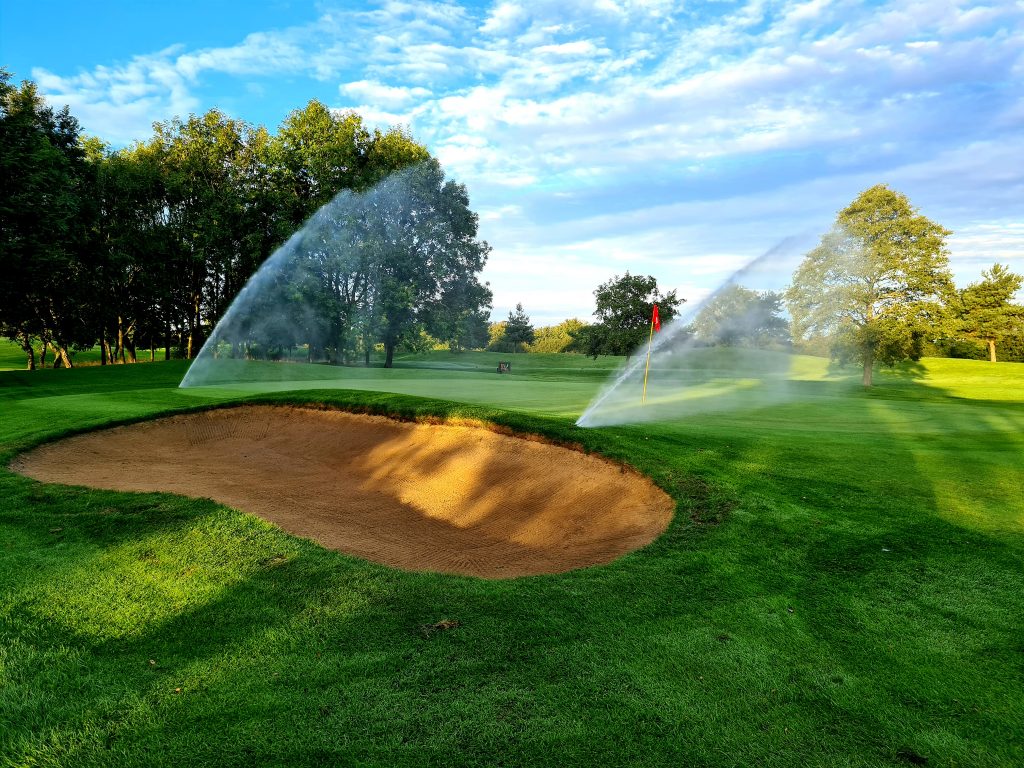
What technology do you currently use to help you in your role as a deputy head greenkeeper and how are you looking to expand and use technology as you move forward?
One of our biggest assets is the Toro Lynx irrigation system. On top of using a soil moisture probe it means whatever we are losing through evaporation in the summer we can put straight back into the greens, giving us a consistent playing surface for our members.
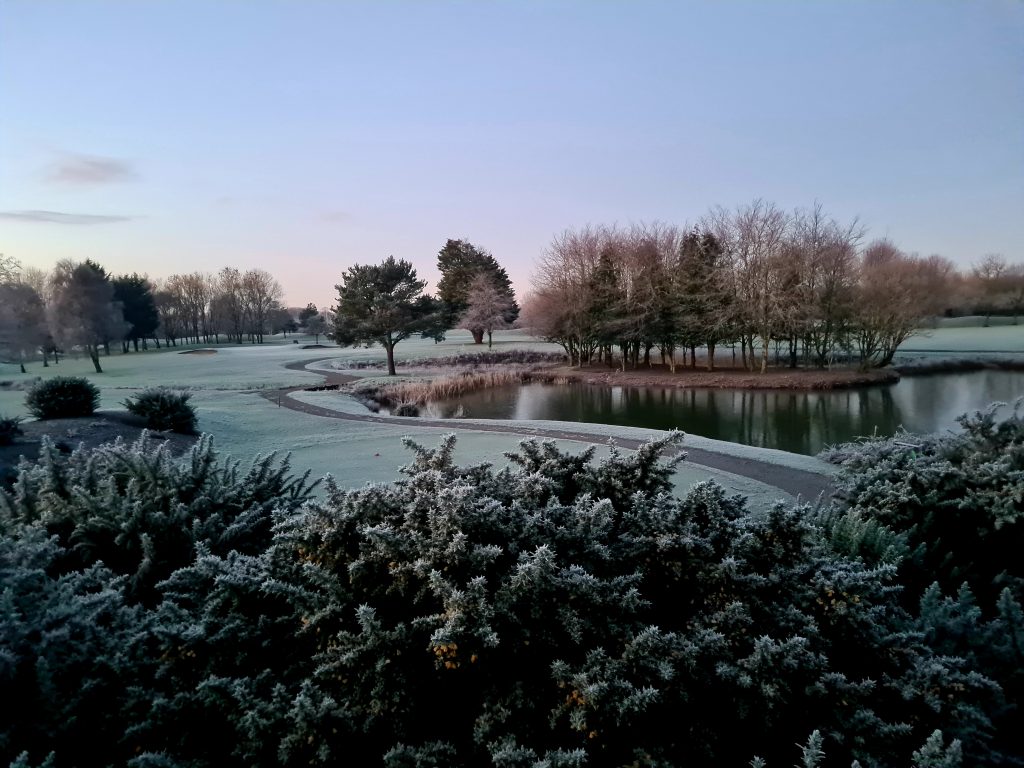
The club has been running some grass trials. What have been the main reasons for this, what have you been using, what results have you seen to date and do you think this may be the way forward?
We recently trialled some dwarf ryegrass on one of our chipping greens during our spring maintenance. The main reason for this is that we have a lot of poa and with chemical restrictions getting tougher with disease. I think the way forward is to look at grass species. We had a great uptake and a great germination rate and is something we are definitely looking at for the future. Ryegrass has come a long way and isn’t as thick and broad leafed as some of the cultivars you may have seen years ago.
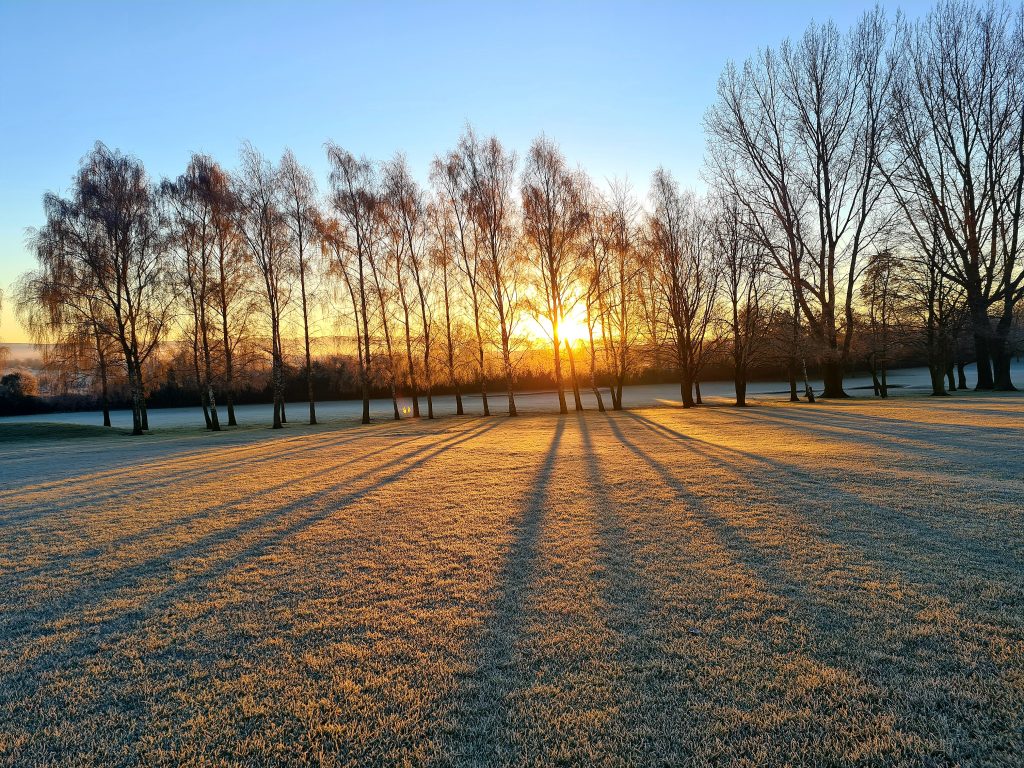
The club experimented with two wildflower areas to the course this year, which look stunning. Whose idea was this, how was it moved forward and financed, how did you go about selecting the wildflower seed and areas to the course and what results did you see?
This was predominately my idea. I just felt like the course needed an injection of colour and a ‘wow’ factor. I put together a small presentation to the general manager and chairman who were on board from day one. It was easier to get this idea through due to the generosity of one of our members who also could see the same vision and the potential this project could achieve. Selecting the wildflower seed was decided with a chat with our local rep but from my point of view the flowers had to be native to this country to support the ecology and biodiversity but also the insects and wildlife they were going to attract. The results have surpassed my expectations. We have had amazing feedback from members and visitors but they have also attracted the public, who have seen the area posted on our social media. One post reached nearly 1,000 people on our club’s Facebook page.
The fact that members of the public who have no affiliation with the club or golf are visiting us can only be a good thing. All publicity is good for the golf club. This really has given the course that ‘wow’ factor and I think it sets us apart from other golf clubs within the area. A lot of visitors coming off of the course have been commenting about the flowers, which means it’s done its job and given them the ‘wow’ factor and a lasting impression.
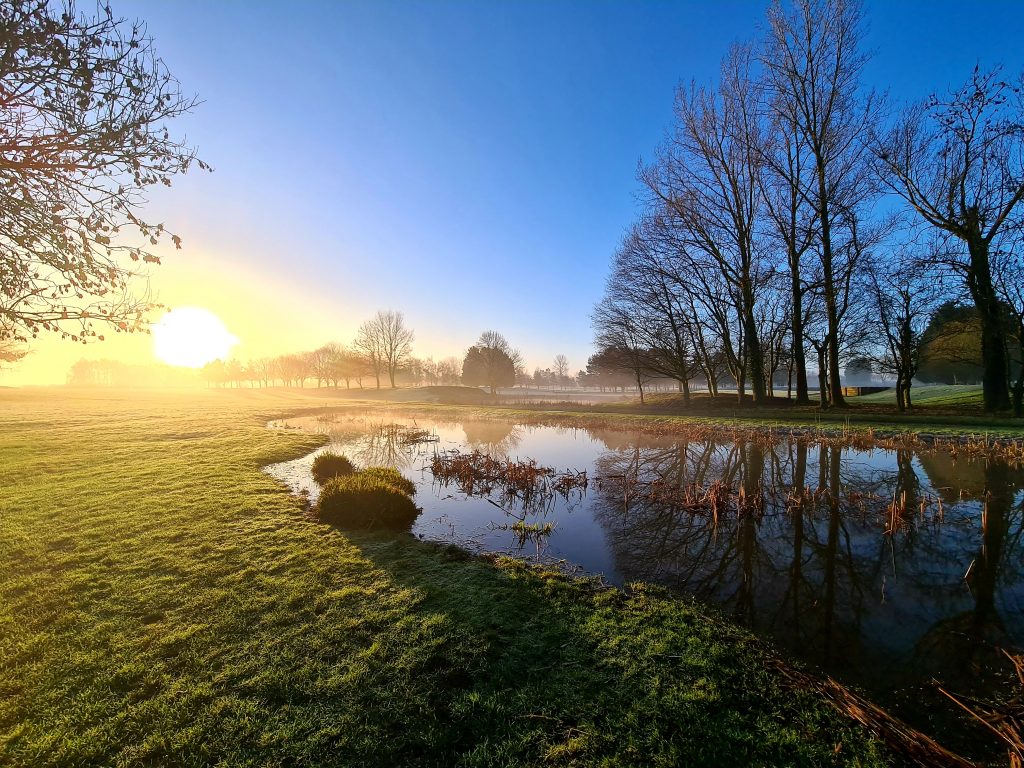
There has been quite a level of investment across the course in recent years, please can you give an overview of those areas that have been improved?
The golf club is always investing and improving the course. In the 10 years I have been at the club the main investments have been a completely new Toro irrigation system with sprinklers to all greens, collars and a few fairways and walkways. Next was drainage to nine of our worst collars on the course with a new main line to tap into should any areas need it in the future. Next was nine new greenside bunkers using rubber crumb. New drainage was put in and connected to the new drainage previously put into our collars. This year has seen us start ‘the path project’; we are rubber crumbing our existing paths. The club has invested in our own mixer which gives us great versatility as we can do this on a quieter day or when it suits us or when weather permits us to.
Apart from the path project, all work mentioned had been done by external contractors.
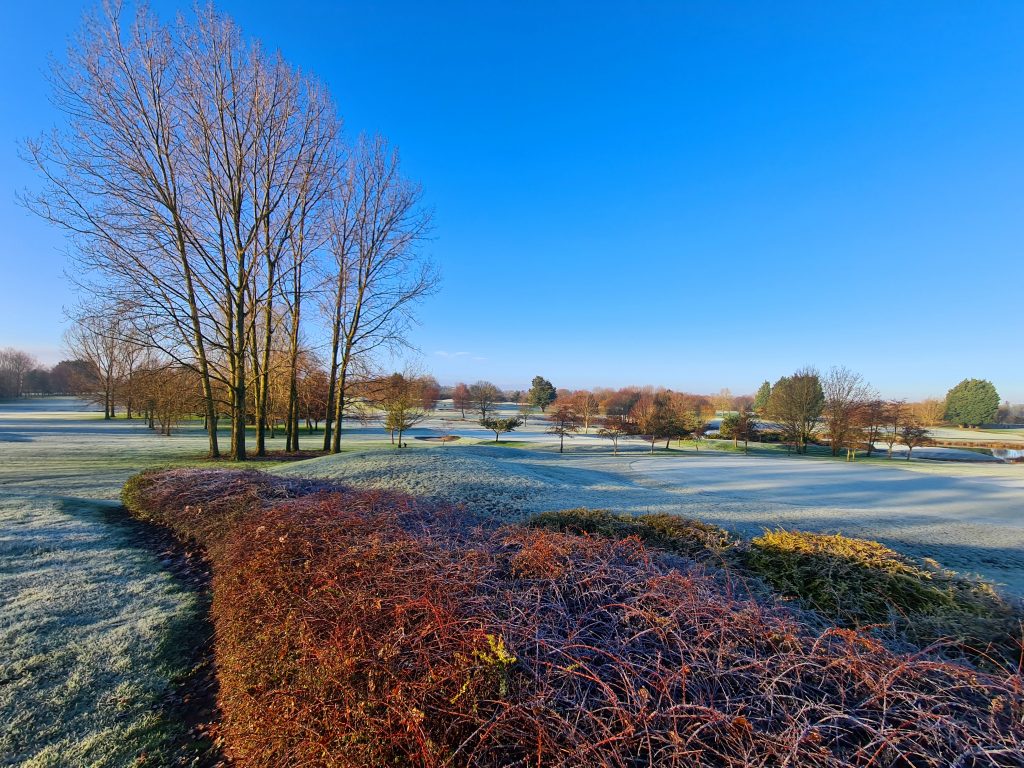
What machinery fleet are you using and what piece of kit impresses you?
We currently have a fleet of Toro machinery on a five-year hire purchase deal. All the kit is very impressive and very reliable. The Toro Sidewinder 3100 is one of my favorites. The patent which allows you to move the cutting units from side to side reduces wear and tear in one particular area and from a safety point of view moving your units a foot away from a bunker’s edge or water course can only be a good thing!
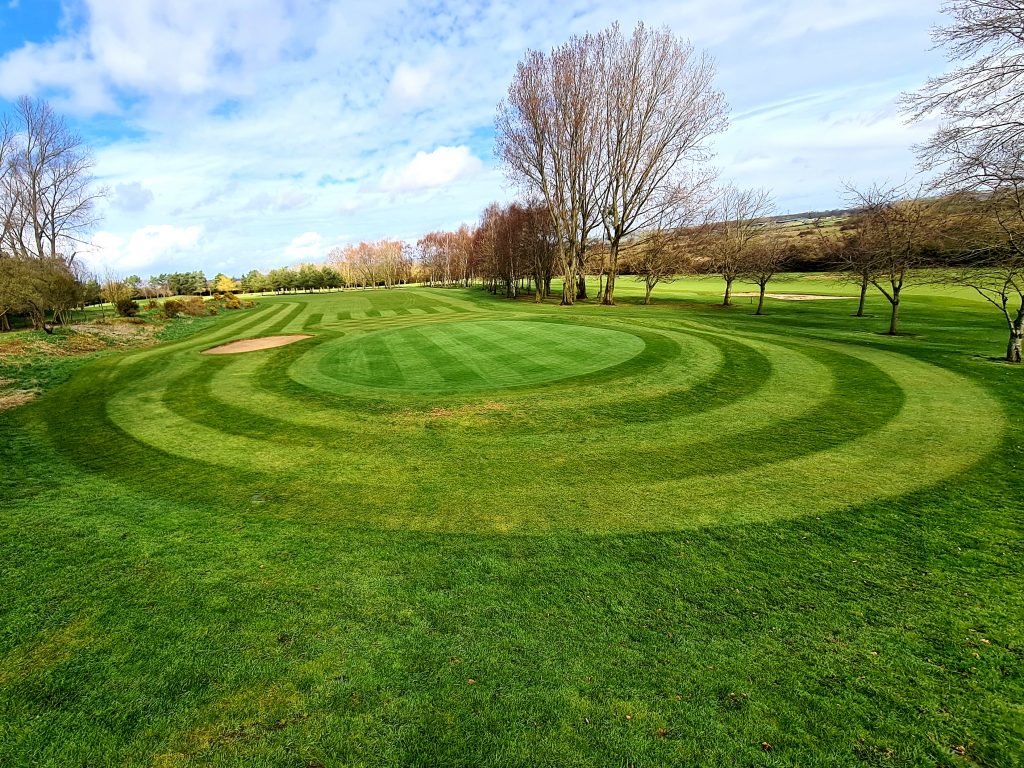
What height of cut are you using across the course?
We have a summer and a winter height: greens 3.75mm and 5mm; collars 9mm and 9mm; tees 13mm and 13mm; fairways 13mm and 17mm; and rough two inches – winter is impossible due to being on clay and a wet course.
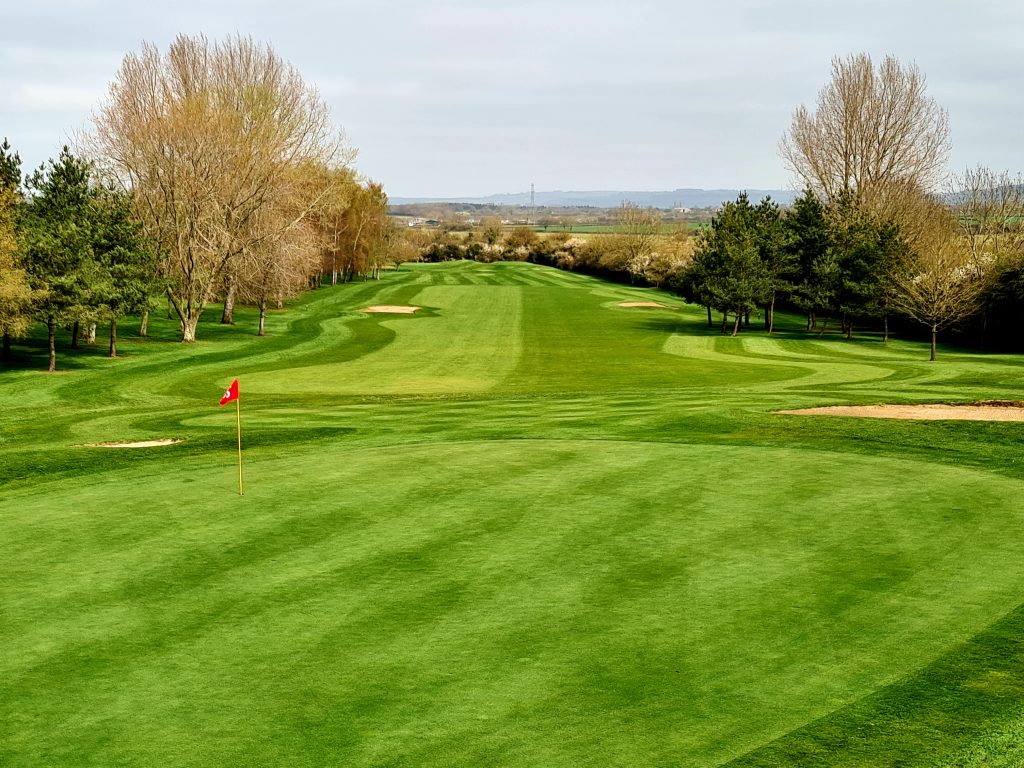
What do you think are the strengths that have carried you through your career and current position at Chipping Sodbury Golf Club and how do these strengths transfer to the team and benefit the daily running of the club?
I think for me this is quite simple – lead from the front and treat your staff how you expect to be treated. Remain consistent with your decisions and what you expect from your team. Follow these and you’ll earn the respect of your staff who intern will work better and harder for you, making your position that little bit easier and stressless.
The position of a deputy head greenkeeper can be demanding and a real test of management skills. How would you describe the balance between reporting to the head greenkeeper, being a manager and leading, but at the same time having to play as one of the team?
This can be, depending on your team, a real challenge. Your boss is your right-hand man and is someone you should always back up. Being a part of the team and managing smaller sub teams on jobs is great. It’s great to have a laugh, throw some jokes about but as long as it doesn’t go too far. I think it’s fine to have colleagues as friends outside of work however there has to be professionalism and if that individual needs a talking to that they expect that and no preferential treatment is given. Vice versa too, you need to lead from the front and in my opinion that’s the only way you’ll gain respect. Your boss also needs to be able to trust you that if something does go wrong you’re not going to turn a blind eye because they’re just as much a friend as they are a colleague.
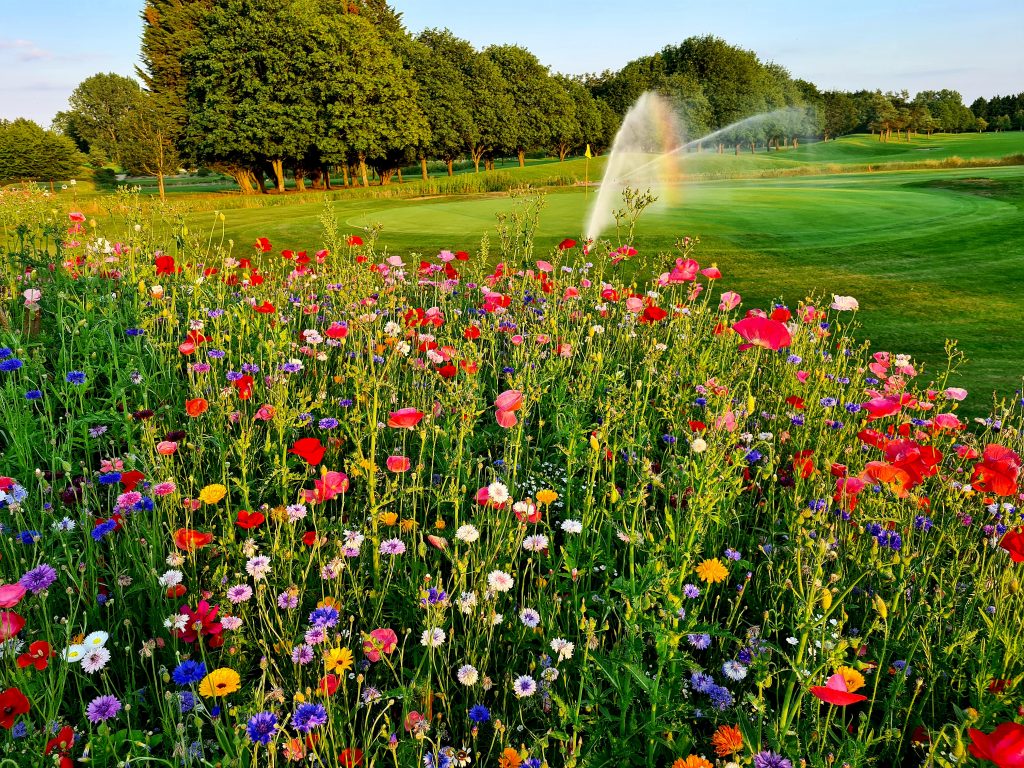
Training and education are key to personal development and great teams, especially if they are small, hardworking tight knit teams. What training programmes does the club invest in for you personally and the team, in order to ensure you maintain the leading edge?
We currently have a member of staff who has just completed his NVQ level two. We also have an apprentice who will be starting college. Personally since I have been in my position I have obtained a chainsaw licence and a digger licence, and completed a first aid course.
In our course budget we do have a set amount that does go into training and development. I think the saying “you’re only as good as your weakest link” is very true. All staff need in-house training too so that if there is any absence or you are short staffed there’s less stress as everyone can do every job role which is very important.
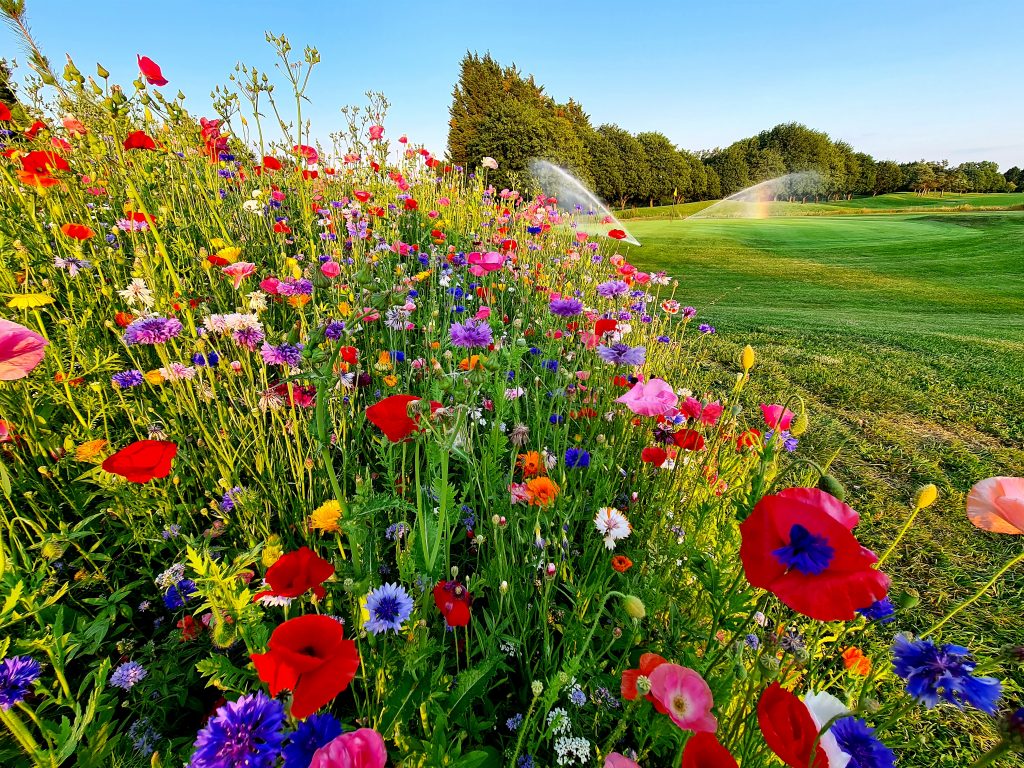
Mentors and those who support us in our early years are important to each of us as we start to tread our career path. Looking back, who are those who have helped you and who has had the biggest influence on where you are in your career today and for what reasons?
Straight from my career starting at 16 as a summer help I was trained by Phil Helmn, a master greenkeeper. It meant I learnt the correct way from day one and working under him for six years really did give me the best start in what is a career I love.
Jim McKenzie, let’s not forget the MBE! Six years working on the 2010 Ryder Cup course. This raised the bar in my career. Tournament preparation and even more attention to detail than I was used to. The buzz of a tournament was something I looked forward to every year. There’s no greater achievement than sitting back and seeing your work on television and thinking ‘YES, I did that’.
John Keenaghan, my current head greenkeeper and friend. Ten years working together has taught me a lot and progressed me to the point where I have no problems and the confidence to look after and run the course in his absence. We can talk and discuss pros and cons for new ideas to try; all this is continuingly developing me.
All the staff, volunteers and members I have worked with thus far in my career. I believe you can learn something from anyone so never discount anyone even if they’re not a qualified greenkeeper. There have been many ideas I have used that have come from trainees or ones that have been adapted with great results
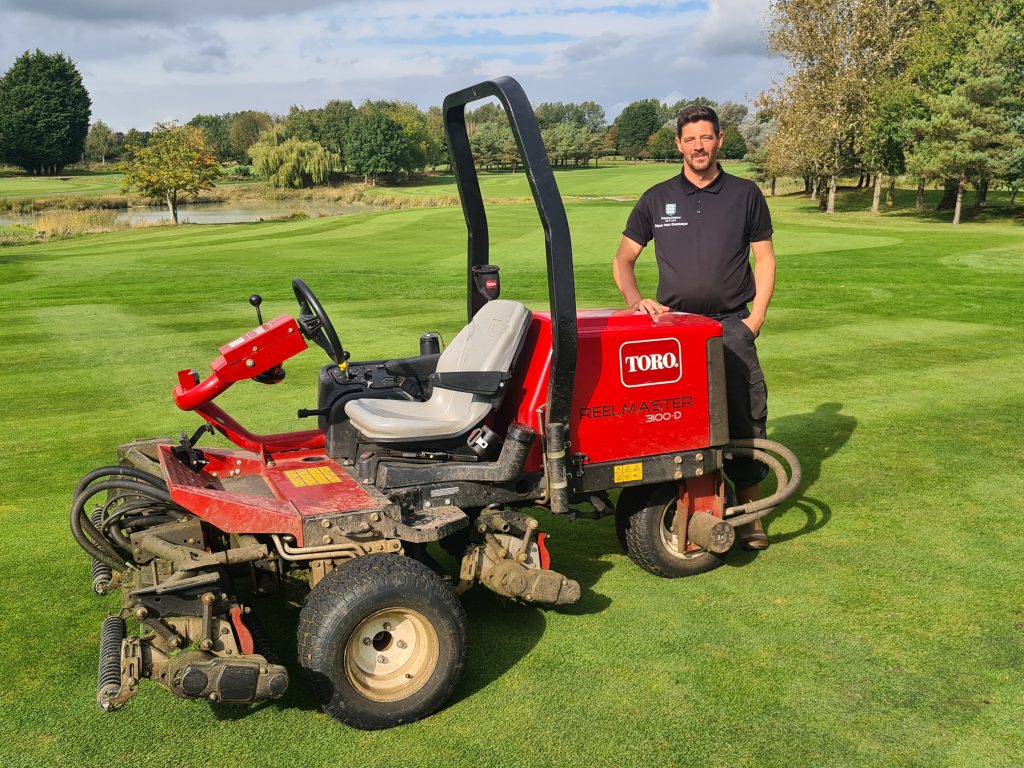
The pressures on the greenkeeper to deliver a better product are growing year on year and the level of professionalism is rising with this. What do you think are the qualities now needed to meet the demands of golfers by someone in your position and how does this help contribute to the business of golf?
I think in our industry we need to educate our members and visitors. Now more than ever with the restrictions on pesticide usage some time our product might not be as good as we would like and that’s the reality now, however if we educate members as to why we might have lost some grass coverage due to being unable to spray they will hopefully be more understanding and realise the pressure course managers are under.
Golfers want value for money, they want golf 365 days of the year. This is why we have invested heavily in the course to try and get them the best value for money all year round. This doesn’t just support the golf course but also the food and beverage side of the business.
What currently gives you the greatest satisfaction from your job role, how do you feel daily when you are moving around the course looking at what you and the team have achieved and what is your philosophy toward helping others in their career and what do you feel are your biggest achievements to date?
Satisfaction comes from comments and compliments about the course from members and visitors. I love it when the sun is shining, the course is green and immaculate, all the hard work the team has put in is all worth it. As a deputy, naturally I think you spend more one-on-one time with the staff doing jobs and it’s great to be able to pass down the knowledge and experience I have to help them develop their future roles and development. I’m a believer in you should pass down all your knowledge as this will only make you a stronger and better team.
My biggest achievement is getting to where I am today, a lot of hard work and dedication to the job. I’d be stupid not to say helping build and working on the 2010 Ryder Cup. A week I’ll never forget.
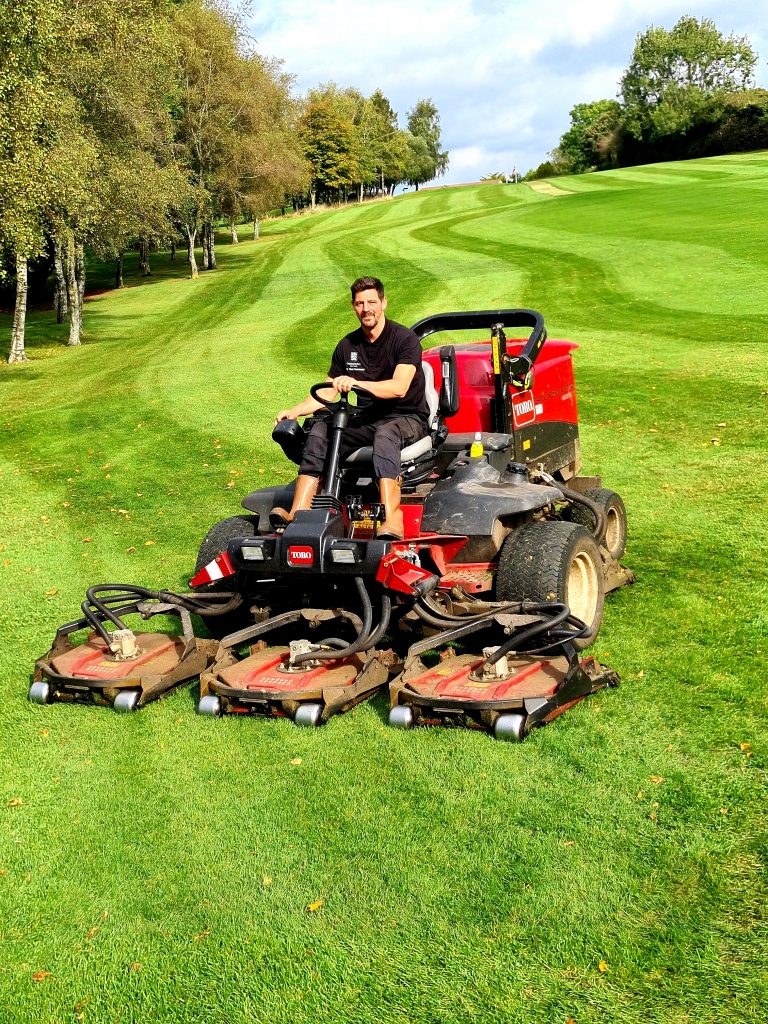
With your experience, what advice would you give to youngsters starting out and wanting to pursue a career in the profession?
Get your head down, work hard but most of all ask questions. Regardless of how silly you think it is, a good manager will always take the time to explain things to you.
Volunteer for tournament support staff, I promise you won’t regret it. I’ve met some amazing greenkeepers whilst working on a big tournament.
Networking – absolute paramount. You never know when you might need or bump into someone you’ve had a chat with. One day they could be your new employer.
What changes do you think need to be made to benefit the industry sector and profession of the greenkeeper?
Better pay, we are skilled professionals and I think we need to be looked at as that. I know clubs are really struggling to recruit in what is currently a thriving sport and I think we need to ask why this is?
More support with legislation and the removal of chemicals which I know we are all finding really hard to cope with, but also consistency from the government. How can some chemicals be OK for agricultural use but not for sports turf?

























